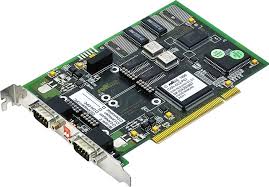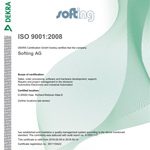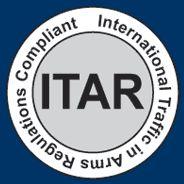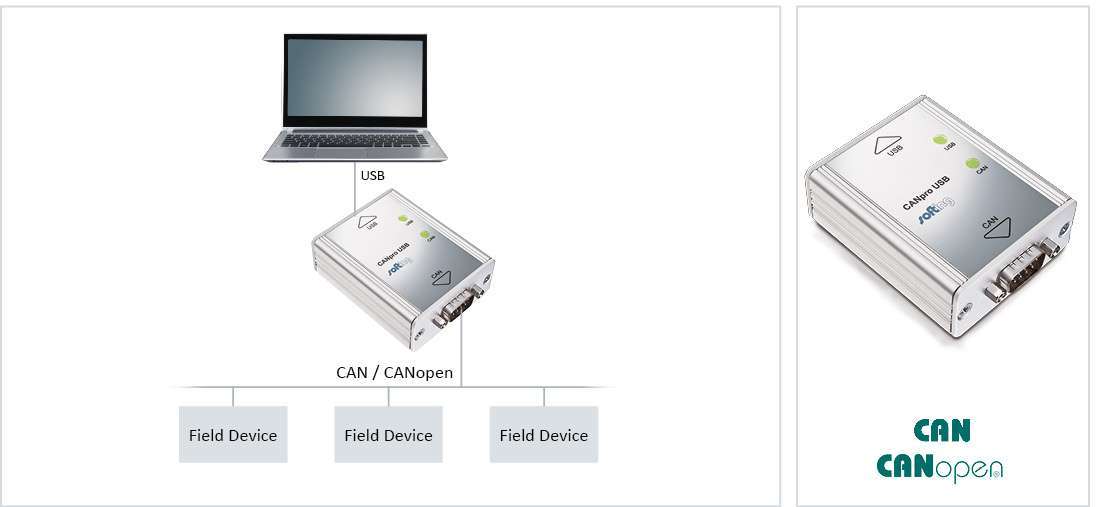X-Analyser 3 ( XA3) – The perfect CAN Analyser

What’s new into the X-ANalyser 3 ?
- Graphical User Interface ideal for Windows PCs and tablets
- CAN, J1939, NMEA2000, CANOpen, LIN and OBD – Included into one tool
- T-Scripting, to make easier
- On board Diagnostics scan Tool Features for emissions ECUs
- CAN and LIN signal Reverse Engineering
- Signales displays – Text, scope and graphical such as gauges and lamps
- Can be used for ECU or even Network Simulation
- SAE J1939 database integrated with over 4000 PGNs and signals
- Supports industry standard log files and databases
- Easy Project Sharing
- Virtual networks and channels for off-line analysis
Warwick Control Technologies is a world leader in Controller Area Network (CAN) and related technology. It specialises in CAN, CANopen, J1939, NMEA2000, LIN and FlexRay network technologies. We can also help you on the new fast CAN protocol (CAN-FD)
Our flagship product, the X-Analyser is a powerful, low cost Windows based tool that uses Kvaser, Peak or Vector interfaces to test your CAN/CANopen/J1939/NMEA2000/DeviceNet and LIN bus systems. It can also be used for OBD scan tool functions over the CAN bus, Click here to find out more.
CAN Gateway
- X-Analyser includes a gateway component that can be used to duplicate frames from one CAN network on to another. This feature requires you to have two CAN channels configured in your project, you can then configure which channel to receive frames on and which channel to transmit them back out on.
CANOpen
- X-Analyser has support for the CANopen higher layer protocol which is used for industrial automation and other off-highway applications. There are two main areas of support for which you must have the X-Analyser Professional edition; message/signal interpretation and message transmission.
Filter Editor
- Use the filter editor to filter CAN frames on the Raw Data Trace they can be filtered by; Channel, Data, Data Length, Direction, Frame ID, Frame Type and Timestamp. These can be used with a combination of logic functions to define certain criteria for Filtering.
Gauges
- With a CAN database loaded signals can be configured to show as gauges. With a combination of gauge styles available and gauge values can be defined such as; Min and Max values and Minor and Major Step Intervals.
Interactive Generator
- The Interactive Generator (IG) allows the user to use a CANdb (*.dbc) file to interactively transmit CAN messages onto a system using the signals physical values that will automatically be converted to raw CAN data. Running in parallel with X-Analyser, the IG allows the user to create and change CAN messages on the fly. Transmission of a message can be carried out by user interaction (i.e. by clicking on a button) or by a timer with resolution 5ms which allows periodic transmitting.
ISO 1 5765 Mode 3 DTC’s
- The ISO 15765 transport layer can be used to easily create a OBD Mode 3 request frame and also displays the response as Mode 3 DTC’s in Hexadecimal format.
ISO 1 5765 transmitter
- Easily create a Mode 3 transmitter when the ISO 15765 Higher Layer Protocol has been added.
J1939 Signals Database
- pic X-analyser Professional Edition comes with a J1939 database where signals can be selected and source address defined so they can be displayed in a Signals Panel, Gauge or Scope.
J1939 Signals
- Within the J1939 Raw Trace tab available with X-analyser Professional CAN frames can be expanded to show the signals within that frame.
Object Transmitter
- The Object Transmitter can be used to create CAN frames and transmit them onto a network. Standard and Extended ID’s can be selected, also Transmitters can be sent periodically by selecting Auto-Repeat and defining the time interval in milliseconds.
Scope
- With a CAN database loaded signals can be selected for the scope to displayed and plotted. Points on the scope can be selected to show the value at a certain time. The scope can also be exported to CSV format to be opened and worked with in Excel.
Signal Editor
- The signals editor can be used to create parts of a CAN database on the fly, what’s created can be configure to a signals panel, gauges or scope.
Signal Panel
- With a CAN database loaded signals can be configured to the signals panel to show physical values. The signals can be displayed numerically or symbolically.
Signals search function
- CAN databases when loaded can be searched using the signals search function. Quotation marks can also be used to search for a whole name i.e. “Engine RPM”.
Symbolic and Numeric values
- X-analyser can now have the same signals displayed more than once on a signals panel, gauge or scope. Within a signals panel the same signal can be displayed more than once with each as a symbolic or numeric value.
UDS DTC Reader
- X-analyser now has a UDS DTC reader, once configured in the transport protocol for the UDS DTC reader. It shall read and clear UDS DTC’s with the option to set the DTC Status Mask so different ECU’s can be read.
• Graphical User Interface ideal for Windows PCs and tablets.
• CAN, J1939, NMEA2000, CANopen, LIN and OBD – included into one tool
• T-Scripting, to make life easier.
• On-Board Diagnostics Scan Tool Features for Emissions ECUs.
• CAN and LIN signal reverse engineering
• Signals displays – text, scope and graphical such as gauges and lamps
• Can be used for ECU or even network simulation
• SAE J1939 database integrated with over 4000 PGNs and signals
• Supports industry standard log files and databases
• Virtual networks and channels for off-line analysis
For download, please contact us
or email us at : info@atevatech.com
For training, please contact us or email us at : info@atevatech.com











